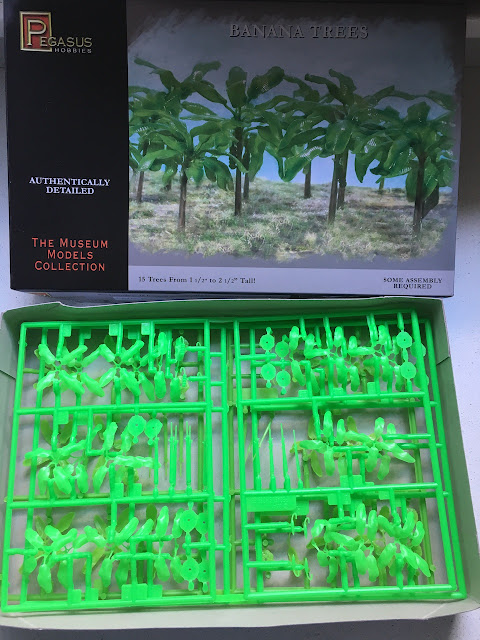 |
| The 'old' method. Litko token skulls - white representing wound (stun) and red for a light wound. |
 |
| The PSC German bandage head in grey and the British bare head in brown plastic. |
So after a few straightforward head conversions I've come up with this for lightly wounded junior leaders:
 |
| Before and after the head conversion |
 |
| To help the wounded figures stand out I've added a medical bag |
The British wounded:
 |
| Figure on the right has the British bare head, with bandage just painted on |
And a Russian Junior Leader with head wound:
 |
| Wounded leaders confer and exchange war stories..... |
I'm trying to think of a way to show those leaders whose wound stuns them for the remainder of the current turn and I'm trialling something using a British casualty figure from the PSC set. Two thoughts, one simply the leader lying prone on his base:
The other option is to go for something a little more scenic and add someone tending to him. A bit confusing if I have a medical orderly as a support, but if they are all on the same base I will know what's supposed to be represented. I'm leaning towards something along the lines of below. These two are on my standard 25mm diameter base for Junior Leaders but it may work better on a 30mm base. As this will look so different from any other figures I'm not concerned it will be confusing:
You can see how I made the figures pictured below for the wounded leaders who are stunned in this post Wounded Leaders Part 2.
I haven't thought about senior leaders yet, as they can progress through two levels of light wounds and I don't really want to create that many extra senior leaders (best solution of course is not to let my senior leaders get shot at.....). I'm going to have to think about that one.
I did think of a Pythonesque solution, straight out of the Holy Grail film, which is to have them getting increasingly debilitating wounds. Not quite chopped off limbs ("it's just a scratch"), but something along those lines. A solution in severe danger of getting comical I suspect.















































